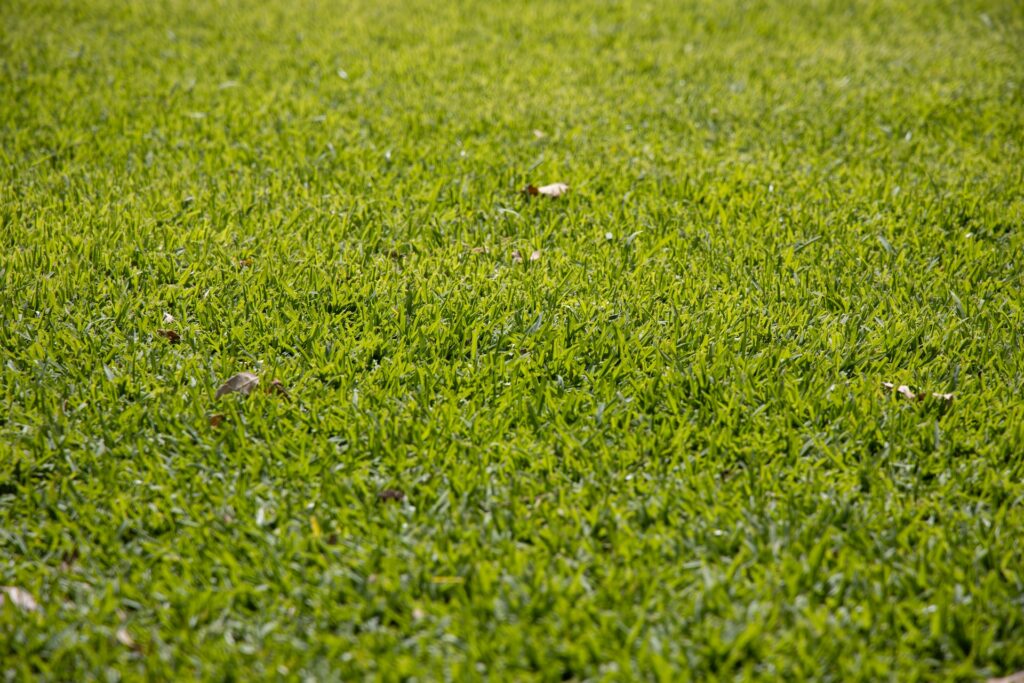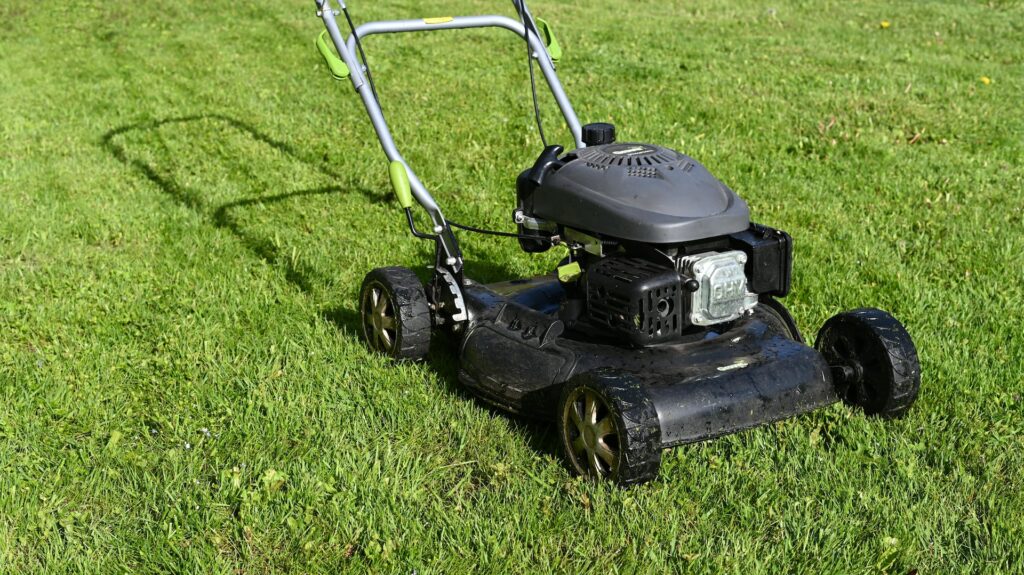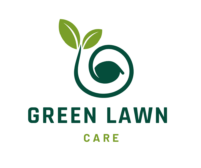Feeding your lawn the right amount of iron is essential to keeping it healthy and green. When a lawn starts to die, one of the possible causes may be an iron deficiency. To get your grass looking its best again, organic or synthetic iron supplements can be used as part of the integration process. Organic iron supplements are mostly derived from fish extracts, while synthetic forms are man-made products that generally use similar ingredients.
All types, however, help replenish your lawn by re-integrating the lost nutrients and promoting greener growth. In Charlotte, NC, the MetroGreenscape team can give you knowledgeable advice and guidance on how to restore your dying lawn using organic or synthetic iron fertilizers with impressive results. Iron for lawns?

Why Lawns Need Iron
Iron can be a boon when it comes to the health and growth of your grass. A lack of iron in the soil – an affliction that affects many gardens around the world – can lead to yellow or brown spots on your lawn, drastically damaging its appearance. An organic iron fertilizer can help restore balance to your lawn and make sure it’s growing as green and strong as ever.
Not only does it reinvigorate your lawn by mitigating its PH level, but it is also pesticide-free, making it a much healthier option for both you and for your pet companions. With regular applications of iron for lawns, you can easily provide the necessary minerals for an authentic garden makeover that looks both beautiful and natural.
Types of Iron Lawn Supplements
Seeking iron lawn supplements can be expensive, but well worth the investment when it comes to creating a beautiful, green lawn. Without enough iron, grass and lawns become yellow or pale in color, leaving us with an unsightly view. Iron supplements come in organic and synthetic forms, so whichever route you take will depend on your budget and preference.
Organic mixes of iron fertilizer often release nutrients over a longer period of time for a heathy, lush lawn. While this may cost more upfront, it may work out cheaper in the long run as you likely won’t have to apply it as often as compared to synthetic treatments. After all, a gorgeous green lawn is worth the effort.
Synthetic
Synthetic iron lawn supplements can provide a quick nutrient boost to your grass, but may lack the additional essential elements necessary for sustainable soil health. These powerful blends are specially formulated with trace amounts of nitrogen and potassium so that you get an instant surge of energy for your turf without overloading it with other nutrients.
Integrating synthetic lawn supplements with traditional fertilizers may be the key to making your grass reach its fullest potential. This addition of artificial nutrients will give you a lush, healthy green lawn in no time – an excellent way to keep up appearances without spending too much effort!
When choosing a synthetic supplement for your lawn, it’s important to be aware of unsafe ingredients. Unchecked, some products may contain arsenic and lead which can do great harm – the EPA has flagged these as especially hazardous! So don’t just grab any product off shelf; ensure that you’re making an informed choice about what goes into your home environment.
Organic
Rejuvenate your lawn with organic iron supplements! This eco-friendly solution uses recycled microbes to boost soil health and replenish essential elements like nitrogen that can be lost due to weed growth or tumultuous weather. Revive your outdoor space back into its natural vibrancy in no time.
Organic iron lawn supplements offer sustained, tailored support for your turf over time – slowly nourishing it to the point of luscious health. Rather than causing potential harm due to high salt levels that accompany synthetic solutions, organic varieties remain gentle on even heat-sensitive grasses. However, don’t expect an immediate transformation; patience is key as gradual progress leads you towards a vibrant outcome for your precious patch of green.
How to Apply Iron to Lawns

Iron is an essential supplement for healthy lawns, and there are two ways to get it: spray or granular. With a foliar application of iron through spraying, the blades of grass soak up the nutrients like sponges, spreading them throughout their root systems so that your entire yard can benefit from enhanced nutrition.
For vibrant and lush grass, lay a granular iron supplement in your lawn. Whether you’re preparing new soil or maintaining an existing landscape, this process can give your yard the extra boost it needs to stay healthy – both now and far into the future! Granules work gradually but their results last long enough that you’ll be able to enjoy months of beautiful greenery with fewer touch-ups required over time.
When to Apply Iron to Lawns
Optimizing your lawn’s greenness can be tricky – but with the right iron supplement at just the right time, you’ll have a lush and healthy turf in no time. Choose from our many varieties to find one that suits both your requirements and budget, then select an integration method for easy application.
Revitalize your lawn this spring with the perfect supplement that’s tailored to you. Synthetic supplements are designed for fast results and can be applied shortly after the final frost, while organic options should go down when temperatures start warming up – usually no more than four times per year! Don’t know what’s best? MetroGreenscape in Charlotte is here to help so your grass gets just what it needs.
Signs that Your Lawn May Benefit from Iron Supplements

When your lawn starts to show signs of stress, it may be time for a pick-me-up! An iron supplement can help revive the color and vibrancy of your outdoor space – giving life back to once dull grass.
Common signs of iron deficiency throughout your lawn include (but are not limited to):
- Grass that is yellow or brown
- Exposed patches of soil
- An uneven weed-to-grass ratio
- Failing sod
- Standing water
Before investing in iron supplements for a luscious lawn, it’s important to first check the soil pH. If your yard has alkaline soils that are higher than average, adding an extra supplement probably won’t do much good – however if your ground is on the more acidic side of things then you’ll be seeing lushness like never before!
Tips and Tricks for Iron Application
Applying iron supplements to your lawn can be tricky. Too much could end up costing you both time and money – not ideal for any homeowner. To get the most out of this garden-enhancing solution, remember these helpful tips:
Apply With Care
To properly nurture your lawn, make sure to apply organic and synthetic supplements in the right quantities. Too much of a good thing can do more harm than help – four times a year is all it takes for optimal health! Overuse could lead to an unhealthy oversaturation that may leave patches of gray grass or cause growth stunting; don’t let green dreams turn into brown nightmares.
Vary Your Application
Don’t be afraid to experiment and think outside the box when it comes to keeping your lawn lush and vibrant! Changing up integration methods – like switching from spraying, sprinkling or something else entirely – can give you a fresh look in no time.
Work with Professionals
Your lawn’s greenery is an important part of keeping your home healthy and vibrant. With the MetroGreenscape team, you can ensure that it stays in great shape! We’ll do a thorough assessment to determine what type of iron supplement will best improve its overall health, then provide expert guidance on how to get those nutrients into your soil through multiple methods. Keep your outdoor space looking lush with help from us.
When should you put iron on your lawn?
Applying iron to your soil during the spring is optimal because soil temperature is at its coldest between 60 and 70°F. It’s also important to avoid applying iron at night as soil temperatures can drop further, which may cause unexpected results when it warms up. To ensure you’re applying the proper amount of iron to your soil, it’s best to follow the package directions carefully, or even consider taking a soil test before application. Chelated iron should be used if soil tests indicate iron chlorosis, while organic sources of iron may be more appropriate in other cases. All in all, care must be taken when using iron during any season.
How do I know if my lawn needs iron?
Metal deterioration in a lawn is never fun to witness, especially since the first colour change typically signals its onset. While organic iron sources such as compost or organic mulch can help over the long term, iron deficient lawns are often treated with granular iron supplements for fast results. Initially, one might notice a light green streak across the surface of the grass, usually observed around swatches near existing lawns. As the condition worsens and leaves become lower, the grass tends to take on a darker hue.
What is the best iron for lawns?
Applying iron to your lawn has many benefits. In a manner of speaking, it literally breathes new life into grass yields and lawns overall. Chelater is one such product that works to replenish iron in the soil and reverse iron deficiency. Not only will iron supplements help prevent oxidation and rust, they can also help give lawn grasses the strength they need to flourish. Unlike other liquid iron products, Chelater also contains other essential ingredients which encourages healthy soil fertility. With its easy application, you can apply iron directly to your lawn with this powerful liquid iron fertilizer!
Will too much iron hurt my lawn?
Too much iron can drastically lower lawn pH. You might be left with grass brown and sluggish.
Read more: Buffalo grass pros and cons

